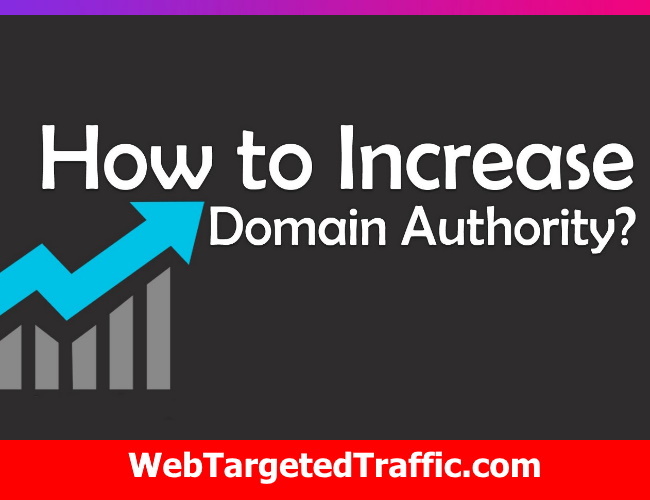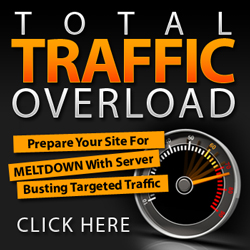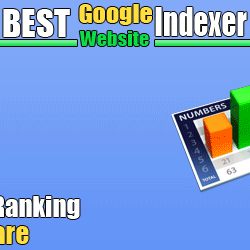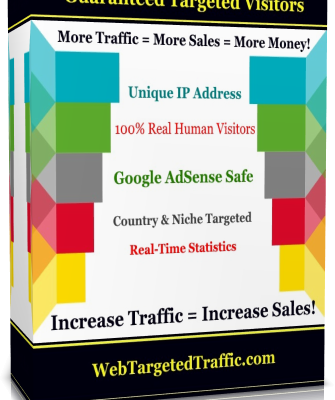Table of Contents
Domain Authority: What It Is and How Can You Boost It
The Domain Authority metric was developed by Moz, but other companies have created similar metrics that rank domains based on a number of factors and give them a rating from 0 to 100.
The idea of ranking domains based on their authority emerged from PageRank that was introduced by Larry Page (one of Google’s Founders) and it is used until today as a way to measure the importance of webpages and websites.
What is domain authority?
Since Moz created the domain authority metric, we’ll refer to them for a definition:
Domain authority, or “DA,” is “A search engine ranking score that predicts how likely a website is to rank on search engine result pages (SERPs). A Domain Authority score ranges from one to 100, with higher scores corresponding to a greater ability to rank.”
Moz goes on to say that, “Domain Authority is calculated by evaluating multiple factors, including linking root domains and the number of total links, into a single domain authority score.”
It’s important to note that domain authority predicts success, it doesn’t necessarily represent success. The metric is not used by Google and boosting your DA won’t automatically make your website rank higher in Google search results.
In a nutshell, your website’s domain authority score will help you determine your competitiveness in your niche. This, in turn, will help you choose keywords strategically.
For example, let’s pretend your website’s DA score is 56. If you’re competing for a specific keyword against sites with domain authorities between 39 and 47, you’ll know that a well-written blog post or web page has a good chance of ranking. But, if you’re competing against sites with domain authorities in the 80s, you’ll probably want to target a different keyword.
Other measures of page authority
Until about 2019, Moz’s domain authority metric was the gold standard when assessing websites’ reputations. Moz allowed anyone to perform unlimited free domain authority-checks anonymously. Through a little page on their website, users could type in a website’s URL and get domain and page authority results immediately.
As it happens, Moz made the decision to remove this feature from the public, requiring users to create accounts and provide an email address before using the tool. As a result, bots and automated systems that were using Moz’s DA metrics were unable to continuously ping the form, so other companies stepped up to the plate and devised their own domain reputation ranking tools.
These other tools don’t use the expression “domain authority” and are named close variants like “domain reputation” or “site authority,” but mean to ascertain the same phenomenon—a site’s specific reputation score.
It’s important to note that most of these systems do not play nicely with one another. A Moz DA of 51 might be equivalent to a 76 in another tool. Whichever metric of page health you use, be sure to keep it consistent.
Domain authority versus page authority
Before we dig deeper into domain authority, we need to clarify: domain authority and page authority, another metric developed by Moz, are different. In the company’s own words:
“Whereas Page Authority measures the predictive ranking strength of a single page, Domain Authority measures the strength of entire domains or subdomains.”
In this article, we’ll focus on domain authority.
How to check domain authority
Domain authority may seem complicated at first. Fortunately, checking the DA score for your own site is super easy. Just follow these four steps:
- Pull up Moz’s free Link Explorer tool.
- Type your URL into the search bar near the top of the page.
- Sign up for a free Moz account. Already a member? Log in.
- Analyze the data that Moz gives you.
It’s worth mentioning that while Moz created the domain authority metric, many other SEO tools have developed their own versions as well. For instance, Majestic has Site Explorer and Ahrefs has Domain Rating. You can use one of these tools instead, if you prefer.
What’s a good domain authority score?
You just plugged your website URL into one of Moz’s tools and took a look at your DA score. Now you’re probably wondering, “Is that good?” It’s a fair question. It’s also the wrong question. You should be asking, “Is that good for my site?”
As mentioned previously, domain authority scores range from one to 100. Every website starts at one and begins to climb as it gains backlinks and popularity. A good domain score depends on the domain authority scores of your direct competitors.
Let’s return to our previous example and pretend that you have a DA of 56. This is much lower than Google, which ranks in the 90s. But since your hypothetical site doesn’t compete with Google for customers, this comparison is irrelevant.
After researching the scores of your direct competitors, you realize that most of them are in the mid-forties, which means your DA of 56 is excellent.
To determine if your domain authority score is good or not, compare it to your competitors’ scores. If it’s higher, you’re doing well. If it’s lower, you have work to do. Simple as that.
Boost domain authority in 3 steps
We’ve covered a lot so far, but there’s still an important topic we need to address… How to increase domain authority! That’s what we’ll discuss in this section. Follow the three-step process outlined below and you’ll be well on your way to a higher DA.
1. Get the basics right
First things first, make sure your website is set up properly. That means optimizing your on-page content, making sure your site loads quickly, and building a mobile-friendly site that’s easy to surf on a phone or tablet. Here are a few tips to get you started:
- Don’t neglect your internal links as they help search engines like Google crawl and index content. Just make sure that your anchor text matches the page you’re linking to.
- Test your website for mobile-friendliness. Mobile optimized sites offer better user experiences and increase the likelihood that your content will secure backlinks.
- Ensure your website loads quickly with PageSpeed Insights. Slow sites have high bounce rates, which is a big red flag to Google and the other search engines.
2. Build high-quality backlinks
When it comes to domain authority, high-quality backlinks are king. The more you have, the higher your score will be. We’ve written an in-depth post on link building, which we definitely suggest reading. But for now, keep these things in mind:
- Create great content: Authoritative websites will only link to your content if it’s remarkable. So take your time and create in-depth blogs, videos, etc. that are better than what’s already on the internet. It will be worth the effort, guaranteed.
- Promote your content: Great content alone isn’t enough. Give it a boost by promoting it to your email list and social media followings. Doing so will help you get eyes on your work, which will boost your backlink opportunities.
- Implement a link building strategy: Top-notch content and a consistent promotional strategy will get the ball rolling. But you’ll also want to take a more proactive approach to link building. To do this, contact authoritative sites and ask them to link to you. Just know that there’s a right way and a wrong way to go about it, which we cover in the link building article referenced above.
- Commit to guest blogging: Finally, guest blogging for reputable sites can be a great way to build backlinks. For one thing, you may be able to link to your own website in the content you write. And second, the folks who read your guest post might enjoy it, check out your website for similar content, and then link to some of your posts.
3. Reduce low-quality backlinks
Not all links are created equal. To boost your domain authority score, you need to secure high-quality links and eliminate low-quality ones. But this begs the question: what’s a high-quality link?
A quality link is one that comes from a reputable site. For example, a link from the New York Times would be considered high-quality because the publisher is known and respected. Links from unknown, spammy websites, on the other hand, would be considered low quality.
The easiest way to eliminate low-quality links is to use a tool like SEMrush, which will help you identify backlinks that harm your domain authority score. Once you have the complete list, manually remove them if possible, or disavow them through Google.
Looking to boost traffic to your website?
At WebTargetedTraffic, we’ve been helping local businesses to boost their web traffic and enjoy more sales for many years. Using proven tactics, we’ve achieved countless Page One rankings for our clients, and have been rewarded with over 50 five-star Google ratings as a result.
 LEVERAGE TARGETED AFFILIATE TRAFFIC TO INCREASE YOUR WEBSITE AND BLOG TRAFFIC!
LEVERAGE TARGETED AFFILIATE TRAFFIC TO INCREASE YOUR WEBSITE AND BLOG TRAFFIC!
Buying website traffic has never been easier, get started today!
















